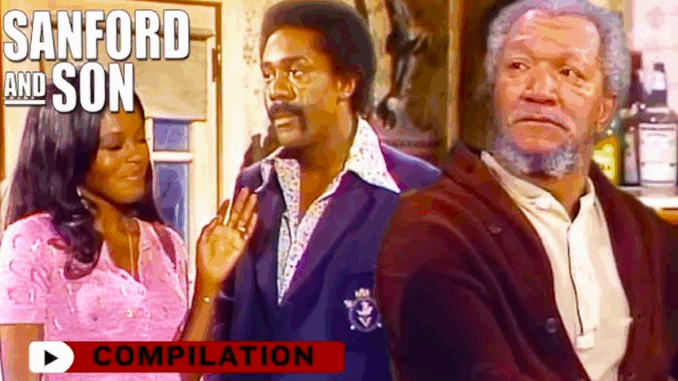
Long before shows like Black-ish and Atlanta explored what it meant to be Black in America, Sanford and Son laid the groundwork with a junkyard, a trumpet, and a whole lot of laughter. More than just a sitcom, the show was a cultural mirror of the early 1970s — full of grit, rhythm, and political undertones.
Set in Watts, Los Angeles — a neighborhood still reeling from the 1965 riots — Sanford and Son didn’t shy away from depicting economic hardship. Fred and Lamont ran a secondhand junk business out of their home, a setting that itself was a symbol of survival and hustle in America’s inner cities. The rusted hubcaps and tattered furniture weren’t just props — they were metaphors.
But there was music in the struggle. Quincy Jones composed the show’s famous theme “The Streetbeater,” a funky, brass-driven anthem that encapsulated the show’s blend of comedy and cool. Every scene pulsed with rhythm — from the cadence of Fred’s insults to the occasional jazz references tucked into dialogue.
Sanford and Son also stood out for its use of African-American Vernacular English (AAVE), something rarely heard on network television at the time. It didn’t code-switch to appease white audiences. It let its characters speak in their own voice — and still pulled massive ratings.
What made the show revolutionary was its ability to laugh without ever mocking its own culture. Fred Sanford didn’t apologize for being poor, Black, or opinionated. In fact, he weaponized those traits with humor, and in doing so, made millions of viewers listen.
